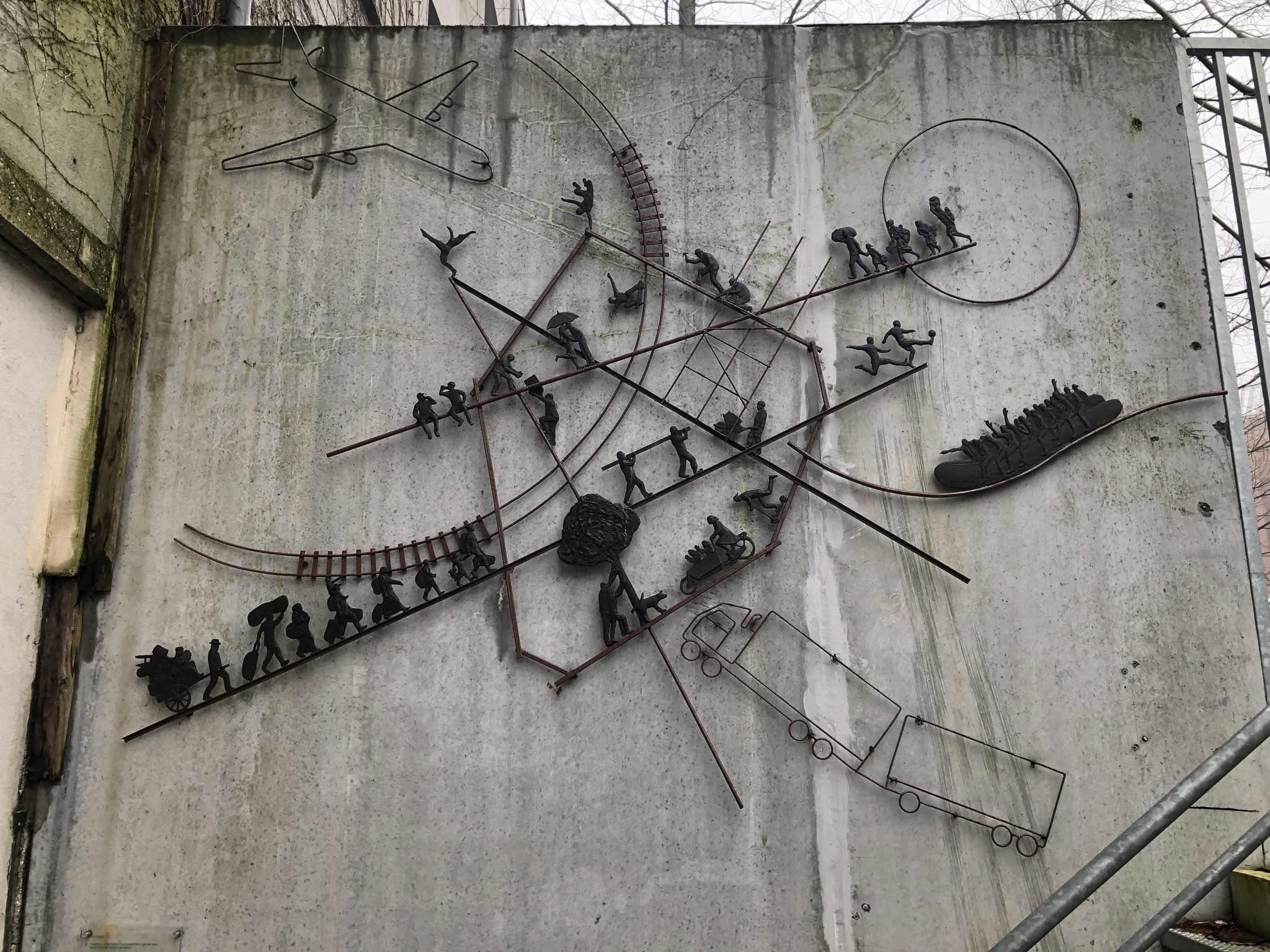Poor neighbourhoods

“Because arrival cities are so widely misunderstood and distrusted – dismissed as static ‘slums’ rather than places of dynamic change – governments have devoted much of the past 60 years to attempting to prevent their formation. …
[But] people move through its neighbourhoods. … they arrive very poor, … but … [poverty] rates fall sharply, especially during the first decade of residence … Nevertheless, the neighbourhoods themselves often stay poor or even get poorer, … sending its educated second generation into more prosperous neighbourhoods and taking in waves of new villagers. … The downward trend for the place is the opposite indicator of the upward trend enjoyed by the residents themselves. This paradox has created a sense among outsiders that the city‘s immigrant districts are poorer or more desperate than they really are, which leads to a misunderstanding of the forms of government investment they really need – a serious policy problem in many migrant-based cities around the world. rather than getting the tools of ownership, education, security, business creation and connection to the wider economy, they are too often treated as destitute places that need non-solutions such as social workers, public-housing blocks and urban-planned redevelopments …”
aus: Doug Saunders: Arrival City. How the largest migration in history is reshaping our world. London: Windmill Books 2011 (Originalausgabe 2010), S. 55, 81/82.
Abb.: Tom Frantzen: Brutopia, Mensen op zoek naar het geluk in Brussel, Migratiemuseum, Foto: brusselblogt
06/14